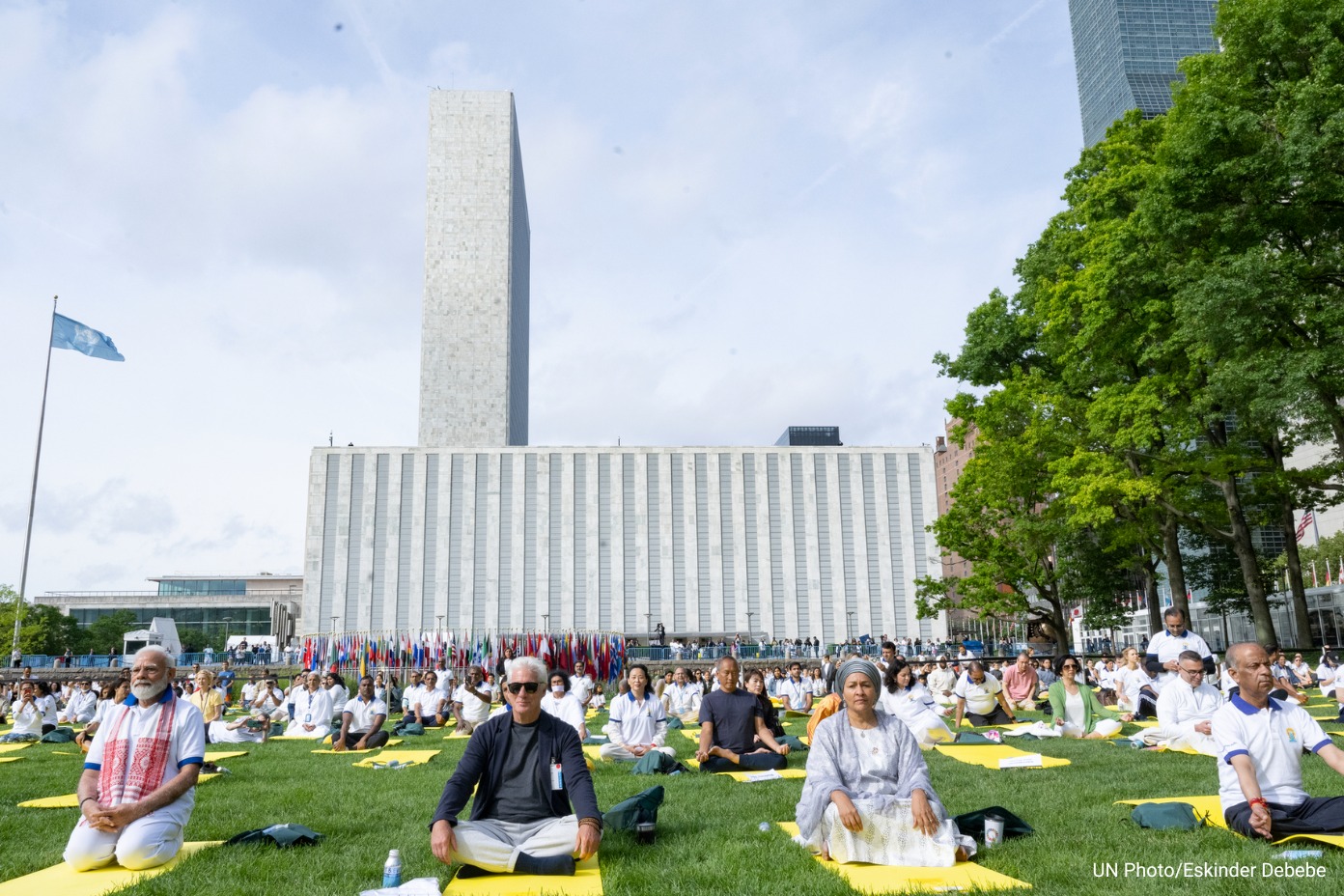University of Waterloo, February 28, 2024
In a groundbreaking study conducted by researchers at the University of Waterloo, it has been revealed that integrating nature into urban environments significantly enhances the mental health and well-being of youth. The study, which focused on the impact of natural urban spaces on adolescents’ emotional responses, underscores the importance of incorporating green spaces into city design to alleviate stress and anxiety among young people.
Led by Leia Minaker, associate professor in the School of Planning and director of the Future Cities Initiative at the University of Waterloo, the study represents a significant step forward in understanding the relationship between urban environments and mental health outcomes in youth.
The research, which collected real-time survey data from adolescents in various urban settings, including transit hubs, residential streets, parks, and waterways, found that exposure to natural elements such as parks, trails, and water bodies led to significantly higher scores in positive emotional outcomes.
Minaker highlighted the significance of the findings, stating, “For the first time, we’re able to specifically say this is how much anxiety is reduced when kids are by a park as opposed to by a city centre.”
The study revealed that even a brief period of time spent in natural urban spaces, such as standing near a lake or public activity park, resulted in a notable reduction in anxiety levels among youth. Conversely, being in bustling downtown locations was associated with increased feelings of anxiousness.
With depression and anxiety ranking among the top causes of illness among adolescents, understanding the impact of urban environments on youth mental health is crucial, especially in the face of rapid urbanization.
The findings suggest that incorporating nature motifs, such as patterns on buildings, and landscape elements like gardens and trees, can enhance positive emotional experiences for youth. These design features not only promote mental well-being but also contribute to creating healthier and more sustainable cities for all age groups.
Minaker emphasized the importance of including adolescents in urban planning decisions, noting that childhood experiences significantly influence long-term health outcomes.
The researchers plan to further investigate the link between mental health data and long-term economic and social impacts. Future research will also explore the mental and physical health of youth living in high-rise apartment buildings, an area that remains poorly understood in North America.
The study underscores the importance of prioritizing nature-based urban design strategies to foster the well-being of young people and create healthier, more resilient cities for generations to come.









